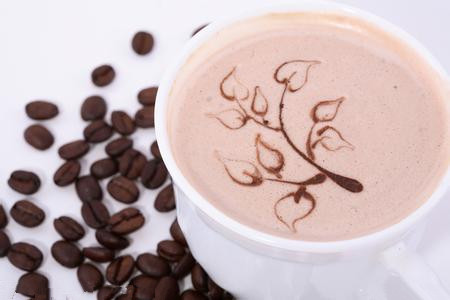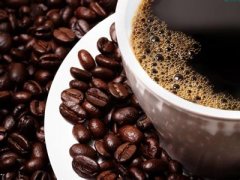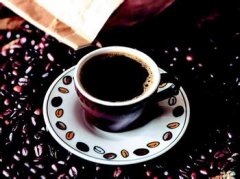The technical work of roasting coffee beans

The roasting of coffee beans is a very technical work. The raw beans are heated and cooked, and the moisture is removed to make them inflate. Through this procedure, the unique aroma and flavor of coffee can be produced. Generally speaking, if the frying time is short, the color of the coffee beans will be light brown and sour. If the roasting tone is dark, the bitterness will be enhanced and the color will be dark brown. Therefore, the roasting of coffee beans is divided into several different degrees: 1. The lightest fried roast. two。 Shallow fried baked 3. Ordinary fried baking. 4. A slightly thicker bake than usual. 5. Medium fried 6. Slightly stronger fried roast 7. Strong frying and baking. 8. The thickest and most intense baking.
How to distinguish between good and bad coffee beans: smell: fresh coffee beans smell strong fragrance, on the contrary, tasteless or bad smell see: good coffee beans are complete in shape and full in size. On the contrary, the shape is incomplete and different: the fresh coffee beans are pressed fresh and crisp, and the fragrance floats out when they crack: dark black coffee beans, the coffee brewed has bitter yellow coffee beans, and the coffee boiled has a sour taste. Good coffee beans: neat shape, bright color, roasted by single stir-fry. Coffee beans with mellow flavor and poor stamina after brewing: different shapes, incomplete individuals, light fragrance after cooking, not sweet enough. (this article is reprinted)
Important Notice :
前街咖啡 FrontStreet Coffee has moved to new addredd:
FrontStreet Coffee Address: 315,Donghua East Road,GuangZhou
Tel:020 38364473
- Prev

Analysis of roasting degree of Coffee
Cinnamon Roast: cinnamon baking: this is the lightest kind of baking. There is no oil on the surface of the coffee beans. Large coffee bean manufacturers often mix the lightly roasted coffee beans with the coffee beans they sell. Because it can save money and increase the quantity. Cinnamon-roasted coffee beans usually do not appear in urban baking City Roast: the name for urban baking.
- Next

Coffee beans roasting process Coffee bitterness comes from processing
In western countries, people drink a cup of coffee every morning. In order to cover up the bitterness of coffee, some milk powder and granulated sugar are often added. Why is coffee bitter? What seems like a simple question has puzzled scientists for decades. Now, scientists have narrowed their search to two chemical molecules. in the American Chemical
Related
- Beginners will see the "Coffee pull flower" guide!
- What is the difference between ice blog purified milk and ordinary milk coffee?
- Why is the Philippines the largest producer of crops in Liberia?
- For coffee extraction, should the fine powder be retained?
- How does extracted espresso fill pressed powder? How much strength does it take to press the powder?
- How to make jasmine cold extract coffee? Is the jasmine + latte good?
- Will this little toy really make the coffee taste better? How does Lily Drip affect coffee extraction?
- Will the action of slapping the filter cup also affect coffee extraction?
- What's the difference between powder-to-water ratio and powder-to-liquid ratio?
- What is the Ethiopian local species? What does it have to do with Heirloom native species?

